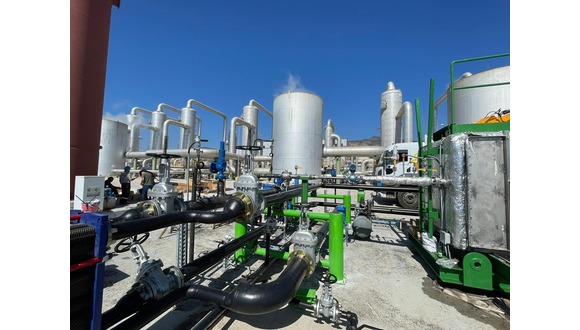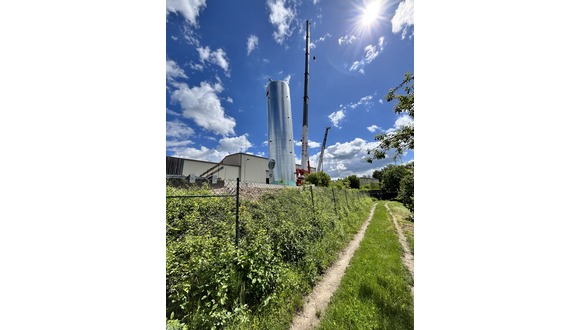Thu, 17 October, 2024
Bringing together 19 partners from across UK and Europe, the EU Horizon 2020-funded GeoSmart project launched in 2019. The TWI-led consortium combined their complementary expertise to develop, disseminate and exploit technologies that enhance the competitiveness of geothermal energy activities through smart and flexible operation. Despite plans to run for four years, GeoSmart finally concluded in 2024 due to external challenges that delayed the completion of the project.
Aims, Objectives and the GeoSmart Solution
The aim of the GeoSmart project was to combine thermal energy storage solutions with flexible Organic Rankine Cycle (ORC) solutions to provide a highly flexible operational capacity for geothermal installations. This would create optimised, flexible and efficient geothermal heat and power systems, advancing the potential of this ‘always on’ energy resource.
Geothermal energy engineering is delivered for maximum efficiency as an ‘always on’ baseload supply due to the limited flexibility to throttle the well without scaling and liner fatigue problems. However, GeoSmart aimed to change this by innovating flexible and efficient geothermal systems that could be reliably controlled. This would not only lead to cost reductions for geothermal energy production, but also improve environmental performance and energy security.
Being able to tailor energy storage to specific site needs allows for improved flexibility as well as increasing the efficiency of ORC. There would also be innovations to extract heat from brine and remove the scale formation.

Site Installations
To test the GeoSmart project’s innovations, two demonstration sites were chosen – each with their own unique requirements and challenges.
The KZD2 site in Turkey trialled the use of a silica scaling reduction system to control and reduce scale formation before reinjection into the wells.
Elsewhere, the Insheim site in Germany had a tailored energy storage system installed to provide flexibility. An adiabatic cooling system was used to increase the efficiency of the Organic Rankine Cycle on hot summer days using ultra-fogging technology.

Outcomes
The GeoSmart project sought to solve the problems of poor short and medium-term flexibility, the low efficiency of low temperature brine, and issues with scaling for high temperature brine. Being able to respond to demand flexibly on a daily or monthly basis, while also increasing efficiencies to be cost competitive compared to fossil energy, improves the outlook for geothermal energy as a clean energy resource.
Along with the physical systems installed at the two test sites, GeoSmart’s consortium investigated energy policies and financial support schemes to provide recommendations that would help with the new adoption of the Electricity Market EC regulation.
The GeoSmart project has shown that, although the capital costs of developing geothermal resources are high due to drilling and exploration, the potential of geothermal is economically favourable because of the long operational life and low operational costs. These cost savings allow geothermal to outpace wind and solar energy due to the reduced need for energy storage systems, lower transmission and distribution costs, and a decreased reliance on fossil fuel-based backup power.
The potential of geothermal energy can be furthered through grid infrastructure, investment in smart grids, enhanced interconnections, and advanced digital technologies.
Overall a new generation of geothermal power plants should assess the flexibility options explored by GeoSmart to provide solutions for electricity supply security with a clean, affordable and localised energy resource.
The Geo-Smart project has received funding from the European Union's Horizon 2020 research and innovation programme. Grant agreement 818576